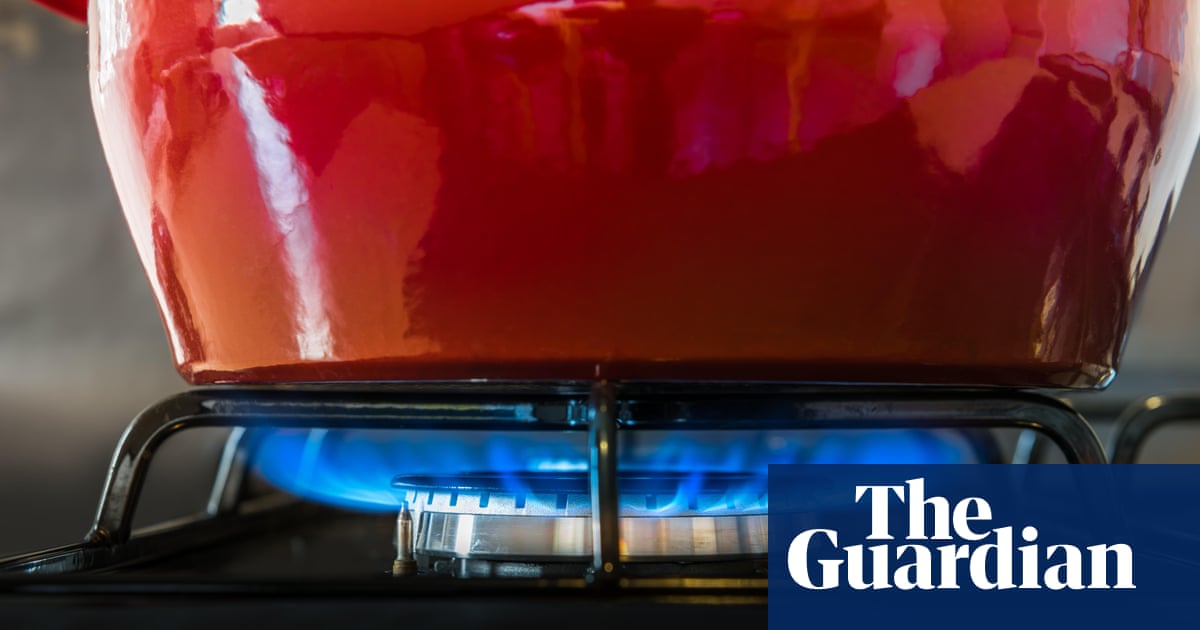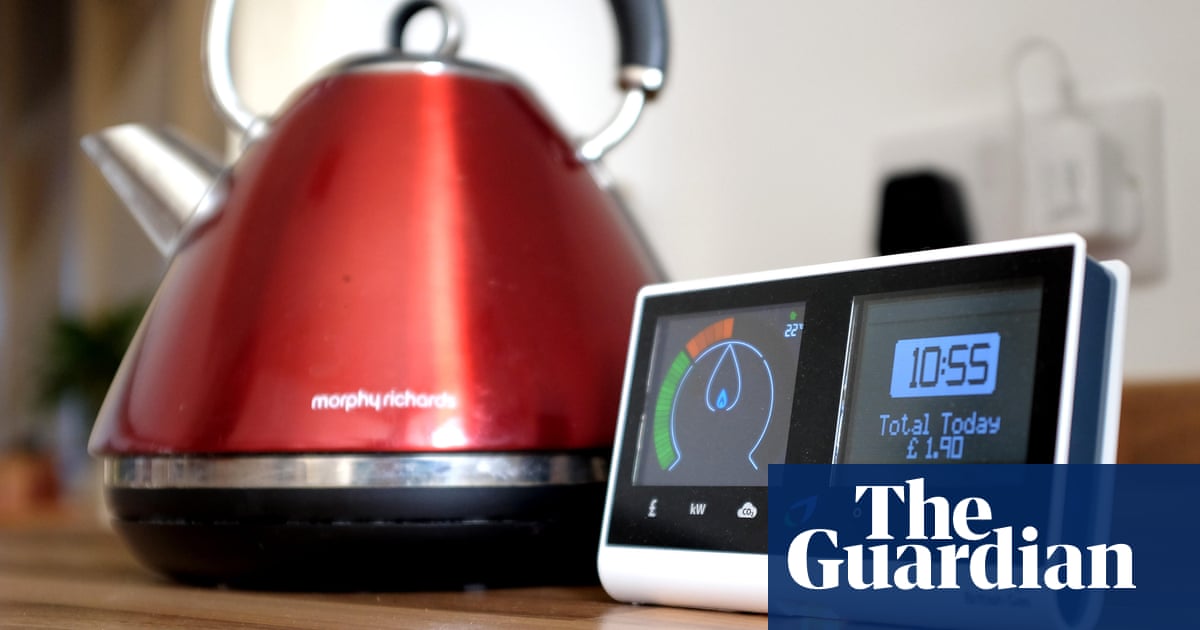
Scottish Power has reported a 39% drop in underlying profits at its division that delivers gas and electricity to households, as it was hit by soaring wholesale energy costs and low wind volumes.
Keith Anderson, Scottish Power’s chief executive, said the energy crisis was “a stark reminder of why we have to decarbonise our energy sector quickly and efficiently”.
The company, one of Britain’s biggest energy suppliers, which is owned by the Spanish company Iberdrola, made earnings before interest, tax, depreciation and amortisation (Ebitda) – a measure of underlying profit – of £83m at its UK retail business in the first nine months of the year, down £54m from a year earlier.
Retail customer numbers at the end of September were flat compared with the same period in 2020, at 4.5 million, and it delivered 8% more gas and 10% more electricity than a year earlier. Overall, including its renewables and network divisions, Scottish Power’s Ebitda totalled £1.1bn, down 9.3% from the same period last year.
Scottish Power is one of the biggest offshore wind developers in the UK, and its renewables business contributed underlying profits of £370m, down 16.5%. Its other big division is SP Energy Networks, which owns and operates the electricity transmission and distribution network in central and southern Scotland, Merseyside and Cheshire. It reported Ebitda of £656m, up 1.3%.
Like other energy suppliers, Scottish Power has been hit by the surge in natural gas prices to record levels on financial markets. High gas prices have crippled smaller suppliers and 16 have gone bust so far this year, which means millions of customers have been moved to the remaining bigger suppliers.
Scottish Power has taken over hundreds of thousands of customers from two failed suppliers under the government’s supplier of last resort scheme.
Prices of wholesale gas have soared partly because of low storage levels after an especially cold winter in Europe last year, and because of increased energy demand from Asia, while low wind speeds across Europe have reduced output from renewables. This year has been one of the UK’s least windy summers since 1961.
The cost of gas for delivery in November hit an all-time high of 407p per therm in early October, though has since fallen back to 217.9p. In December last year it was just 45p.
Goldman Sachs recently raised its forecast for European gas prices by 70% as tighter-than-expected supplies from Russia and low stock levels raised the spectre of shortages this winter.
EU energy ministers clashed at an emergency meeting in Luxembourg this week over measures to cushion the blow for consumers and companies. Countries including Poland and Spain called for new intervention tools while others including Austria, Denmark, Finland and the Netherlands argued that the energy price spike was temporary and should not lead to hasty changes to the EU’s energy laws and climate reforms.
Anderson warned last week that at least another 20 energy suppliers were likely to go out of business in the next month and that there was a “real risk” that just a handful of energy companies could survive.
He called for the energy price cap, which limits what suppliers can charge retail customers, to be scrapped. This means companies, which buy gas in the wholesale market at rocketing prices, are unable to pass most of the price rises on to customers until next spring, when the cap is reviewed again by the regulator, Ofgem.
At the start of this month, Ofgem raised the cap by 12%, which raised the annual average bill of a dual fuel customer by £139 to £1,277. For 4 million pre-payment customers, the increase was even higher. Experts are forecasting that household energy bills will rise by a further £400 next April, which would push the average annual bill to £1,660 a year.












